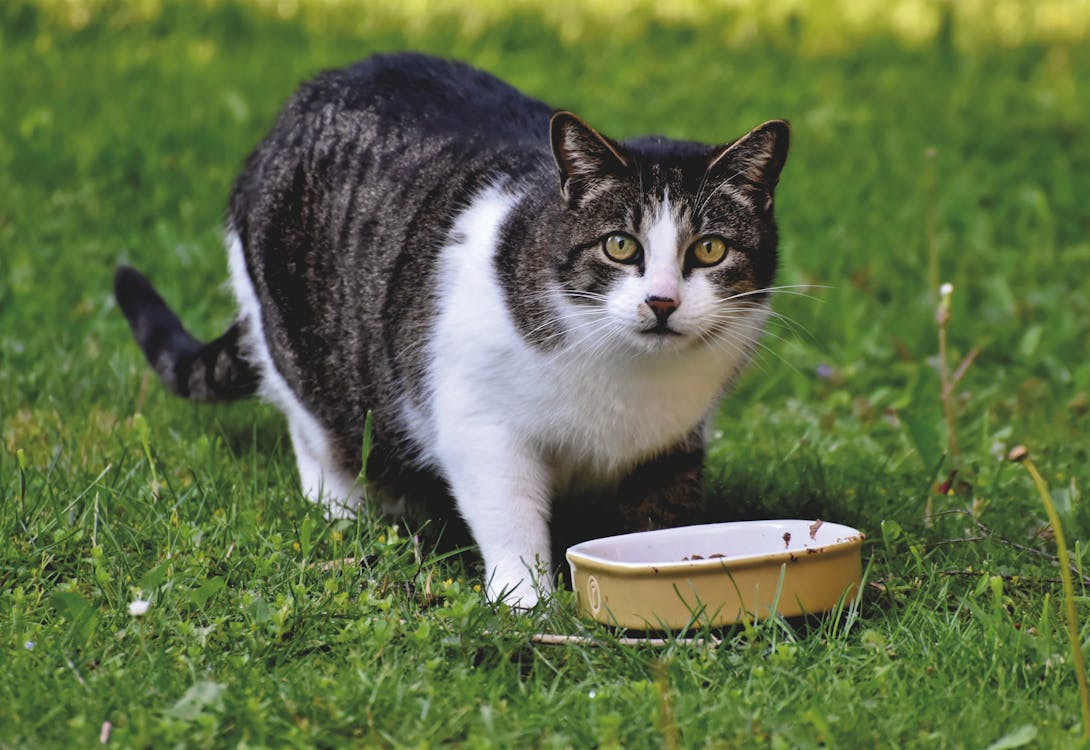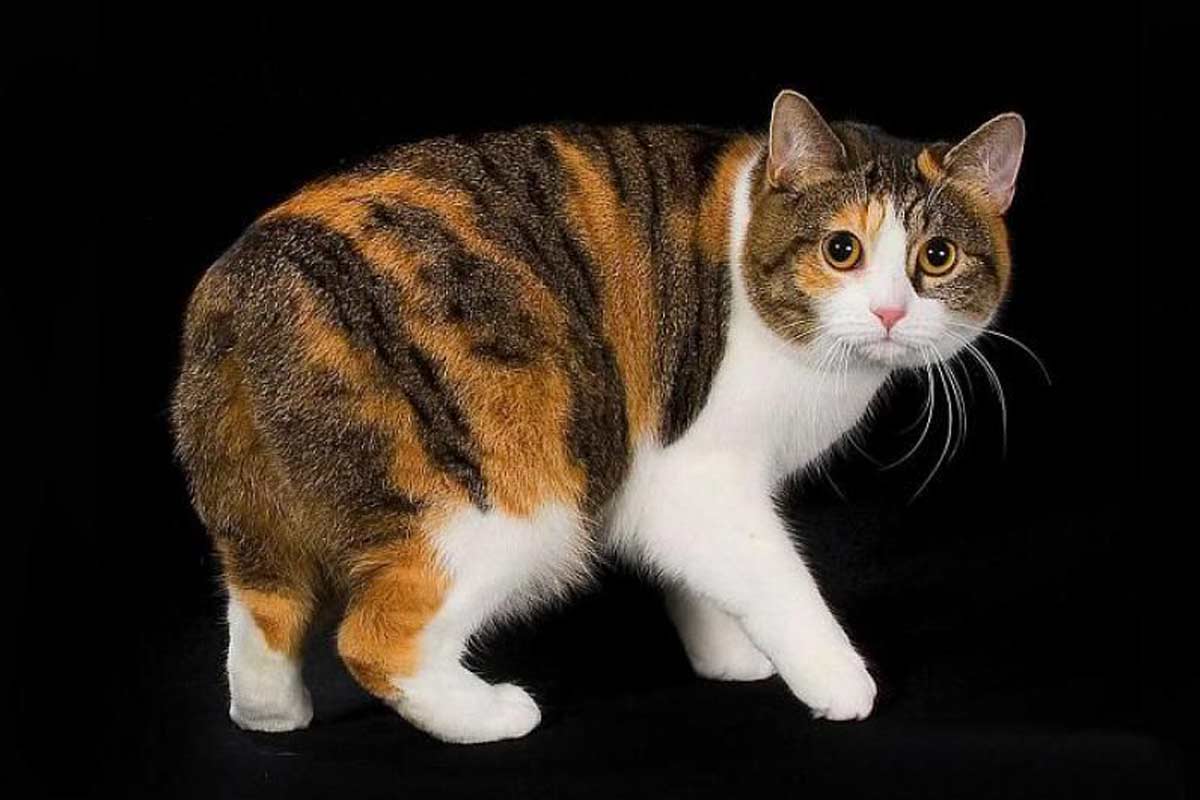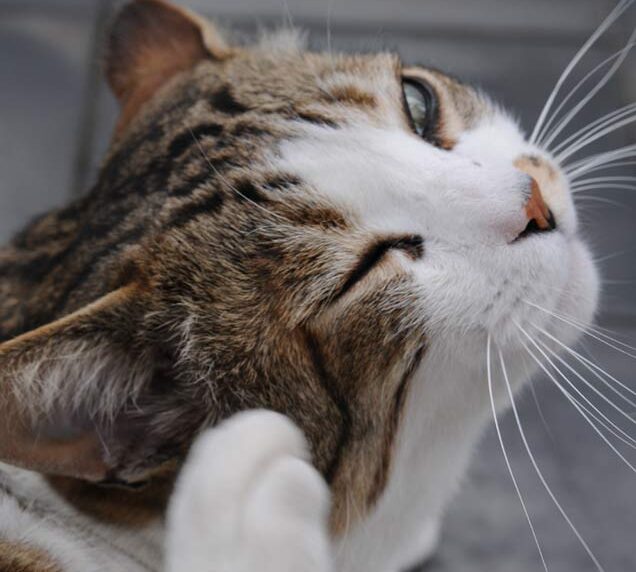1. Changes in Eating Habits
Your feline friend’s eating habits can offer subtle clues about their well-being. If you notice a significant decrease or increase in appetite, it might signal an underlying issue. Cats are typically consistent with their eating patterns, so any sudden changes could be a cause for concern. Additionally, pay attention to their water intake. Increased thirst could be a sign of diabetes or kidney problems, while decreased thirst might indicate dehydration or illness. Keep an eye on your cat’s food consumption and hydration levels to catch any potential health problems early.
2. Alterations in Litter Box Behavior
A cat’s litter box habits can be a window into their health. Any changes in frequency, consistency, or volume of urine or feces could indicate an underlying issue. For example, if your cat starts urinating more frequently or struggles to use the litter box, it might be a sign of urinary tract problems or bladder issues. Similarly, diarrhea or constipation could suggest gastrointestinal problems or dietary issues. Monitor your cat’s litter box behavior regularly to detect any deviations from their usual routine.
3. Unusual Bathroom Behavior
Keep an eye on your cat’s bathroom behavior outside of the litter box as well. If you notice them straining to urinate or defecate, vocalizing in pain, or displaying signs of discomfort while using the bathroom, it could indicate a medical problem such as urinary tract obstruction or constipation. Additionally, any blood in the urine or stool should be taken seriously and promptly addressed by a veterinarian. Pay attention to any abnormalities in your cat’s bathroom habits to ensure their health and well-being.
4. Changes in Activity Level
Cats are known for their independent and playful nature, so a sudden decrease in activity or lethargy could be a cause for concern. If your usually energetic cat becomes unusually inactive, it could be a sign of pain, illness, or discomfort. Conversely, excessive restlessness or agitation might indicate anxiety or hyperthyroidism. Pay attention to your cat’s activity level and behavior patterns to detect any changes that could signal an underlying health issue. Encourage play and interaction to monitor their overall well-being.
5. Weight Changes
Monitoring your cat’s weight is crucial for detecting potential health problems. Significant weight loss or gain without changes in diet or activity level could indicate various underlying issues, such as thyroid problems, diabetes, or gastrointestinal issues. Use a consistent weighing method and keep track of any fluctuations in your cat’s weight over time. Additionally, be mindful of changes in body condition, such as a visible loss of muscle mass or protruding bones, which could also indicate health problems. Regularly assess your cat’s weight and body condition to catch any potential issues early on.
6. Changes in Grooming Habits
Cats are known for their meticulous grooming habits, so any changes in their grooming behavior could be a red flag for health problems. If your cat stops grooming themselves altogether or starts grooming excessively, it could indicate discomfort, pain, or skin issues. Conversely, neglecting grooming could suggest arthritis or obesity, making it difficult for your cat to reach certain areas of their body. Pay attention to any changes in your cat’s grooming routine and address them promptly to ensure their comfort and well-being.
7. Respiratory Issues
Difficulty breathing or any abnormalities in your cat’s respiratory rate or effort could indicate respiratory problems or underlying health issues. Wheezing, coughing, sneezing, or open-mouth breathing are all signs that warrant immediate veterinary attention. Respiratory problems in cats can range from mild infections to more serious conditions like asthma or pneumonia. Prompt diagnosis and treatment are crucial for managing respiratory issues and ensuring your cat’s comfort and well-being. Keep a close eye on your cat’s breathing patterns and seek veterinary care if you notice any abnormalities.
8. Changes in Vocalization
Cats communicate through a variety of vocalizations, so any changes in their usual patterns could be a sign of underlying health issues or discomfort. If your typically quiet cat becomes unusually vocal or starts vocalizing in pain, it could indicate pain, anxiety, or illness. Conversely, a sudden decrease in vocalization could also be a cause for concern, as it might suggest a loss of hearing or other health problems. Pay attention to any changes in your cat’s vocal behavior and seek veterinary advice if you notice anything unusual.
9. Behavioral Changes
Cats are creatures of habit, so any significant changes in behavior should be noted and investigated. For example, if your usually friendly cat becomes aggressive or withdrawn, it could indicate stress, pain, or underlying health issues. Similarly, excessive hiding, pacing, or destructive behavior could be signs of anxiety or discomfort. Pay attention to any changes in your cat’s behavior and try to identify any potential triggers or underlying causes. Addressing behavioral changes promptly can help ensure your cat’s well-being and happiness.
10. Changes in Sleeping Patterns
Cats are known for their love of napping, but any significant changes in sleeping patterns could indicate underlying health issues. If your cat suddenly starts sleeping more than usual or has trouble settling down to sleep, it could be a sign of pain, discomfort, or illness. Conversely, insomnia or restlessness could also be cause for concern, as it might suggest anxiety or underlying health problems. Monitor your cat’s sleeping patterns and behavior to detect any changes that could signal a need for veterinary attention.
11. Eye and Ear Abnormalities
Changes in your cat’s eyes or ears could indicate various health issues that require attention. For example, redness, swelling, discharge, or cloudiness in the eyes could signal infections, injuries, or other underlying problems. Similarly, excessive ear scratching, head shaking, or foul odor from the ears could indicate ear infections or mites. Regularly inspect your cat’s eyes and ears for any abnormalities and seek veterinary care if you notice anything unusual. Prompt treatment can help prevent discomfort and complications for your cat.
12. Changes in Coat Condition
A cat’s coat is often a reflection of their overall health and well-being, so any changes in its condition should be noted. If your cat’s coat becomes dull, greasy, matted, or develops bald patches, it could indicate various health issues such as skin infections, allergies, or hormonal imbalances. Conversely, excessive shedding or grooming could also be a cause for concern, as it might suggest underlying stress or health problems. Regularly groom your cat and pay attention to the condition of their coat to detect any changes that could signal underlying health issues.
13. Digestive Upsets
Digestive problems such as vomiting or diarrhea are common in cats and can be caused by various factors, including dietary indiscretion, infections, or underlying health issues. While occasional digestive upsets may not be cause for concern, persistent or severe symptoms warrant veterinary attention. Monitor your cat’s eating habits and bowel movements, and seek veterinary care if you notice any abnormalities such as blood in vomit or stool, lethargy, or dehydration. Prompt diagnosis and treatment can help alleviate discomfort and ensure your cat’s well-being.

14. Changes in Mobility
Cats are typically agile and graceful creatures, so any changes in their mobility or ability to move around could indicate underlying health issues. If your cat starts limping, favoring one leg, or having difficulty jumping or climbing, it could be a sign of arthritis, injury, or other musculoskeletal problems. Similarly, sudden paralysis or weakness in the limbs should be taken seriously and promptly. How AI, ChatGPT maximizes earnings of many people in minutes
15. Changes in Social Interaction
Cats are known for their varying degrees of social behavior, so any changes in how your cat interacts with you or other pets in the household could indicate underlying issues. If your cat becomes unusually clingy or withdrawn, it could be a sign of stress, anxiety, or illness. Conversely, aggression towards humans or other animals could also signal underlying health problems or discomfort. Pay attention to your cat’s social behavior and any changes in their interactions with you or other pets. Addressing these changes promptly can help alleviate any underlying issues and ensure your cat’s well-being.
16. Changes in Sunbathing Habits
Many cats enjoy basking in the sun, but sudden changes in sunbathing habits could be a cause for concern. If your cat starts avoiding sunny spots altogether or spends excessive amounts of time in the sun, it could indicate discomfort, pain, or underlying health issues. Conversely, if your cat used to enjoy sunbathing but suddenly stopped, it might be a sign of arthritis or other mobility issues. Monitor your cat’s sunbathing habits and any changes in their behavior to detect any potential health problems early on. Motivation – Mind – Success – Thinking – Productivity – Happiness
17. Changes in Appetite for Treats
While changes in overall appetite are important to note, paying attention to your cat’s appetite for treats can also provide valuable insights into their health. If your cat suddenly loses interest in their favorite treats or snacks, it could be a sign of dental problems, gastrointestinal issues, or underlying health problems. Conversely, if your cat starts begging for treats excessively or becomes fixated on food, it might indicate hormonal imbalances or dietary issues. Monitor your cat’s appetite for treats and any changes in their behavior around food to ensure their overall well-being. Business – Money Making – Marketing – E-commerce
18. Changes in Vocalization
Cats communicate through a variety of vocalizations, so any changes in their usual patterns could be a sign of underlying health issues or discomfort. If your typically quiet cat becomes unusually vocal or starts vocalizing in pain, it could indicate pain, anxiety, or illness. Conversely, a sudden decrease in vocalization could also be a cause for concern, as it might suggest a loss of hearing or other health problems. Pay attention to any changes in your cat’s vocal behavior and seek veterinary advice if you notice anything unusual. Health books, guides, exercises, habits, Diets, and more
19. Changes in Sleeping Patterns
Cats are known for their love of napping, but any significant changes in sleeping patterns could indicate underlying health issues. If your cat suddenly starts sleeping more than usual or has trouble settling down to sleep, it could be a sign of pain, discomfort, or illness. Conversely, insomnia or restlessness could also be cause for concern, as it might suggest anxiety or underlying health problems. Monitor your cat’s sleeping patterns and behavior to detect any changes that could signal a need for veterinary attention.
20. Eye and Ear Abnormalities
Changes in your cat’s eyes or ears could indicate various health issues that require attention. For example, redness, swelling, discharge, or cloudiness in the eyes could signal infections, injuries, or other underlying problems. Similarly, excessive ear scratching, head shaking, or foul odor from the ears could indicate ear infections or mites. Regularly inspect your cat’s eyes and ears for any abnormalities and seek veterinary care if you notice anything unusual. Prompt treatment can help prevent discomfort and complications for your cat. Fitness – Meditation – Diet – Weight Loss – Healthy Living – Yoga
21. Changes in Coat Condition
A cat’s coat is often a reflection of their overall health and well-being, so any changes in its condition should be noted. If your cat’s coat becomes dull, greasy, matted, or develops bald patches, it could indicate various health issues such as skin infections, allergies, or hormonal imbalances. Conversely, excessive shedding or grooming could also be a cause for concern, as it might suggest underlying stress or health problems. Regularly groom your cat and pay attention to the condition of their coat to detect any changes that could signal underlying health issues. RPM 3.0 – 60% CONVERSION & Money for Affiliate Marketing
22. Digestive Upsets
Digestive problems such as vomiting or diarrhea are common in cats and can be caused by various factors, including dietary indiscretion, infections, or underlying health issues. While occasional digestive upsets may not be cause for concern, persistent or severe symptoms warrant veterinary attention. Monitor your cat’s eating habits and bowel movements, and seek veterinary care if you notice any abnormalities such as blood in vomit or stool, lethargy, or dehydration. Prompt diagnosis and treatment can help alleviate discomfort and ensure your cat’s well-being. Cat accessories on Amazon
23. Changes in Mobility
Cats are typically agile and graceful creatures, so any changes in their mobility or ability to move around could indicate underlying health issues. If your cat starts limping, favoring one leg, or having difficulty jumping or climbing, it could be a sign of arthritis, injury, or other musculoskeletal problems. Similarly, sudden paralysis or weakness in the limbs should be taken seriously and promptly addressed by a veterinarian. Pay attention to any changes in your cat’s mobility and seek veterinary care if you notice any abnormalities to ensure their comfort and well-being.




